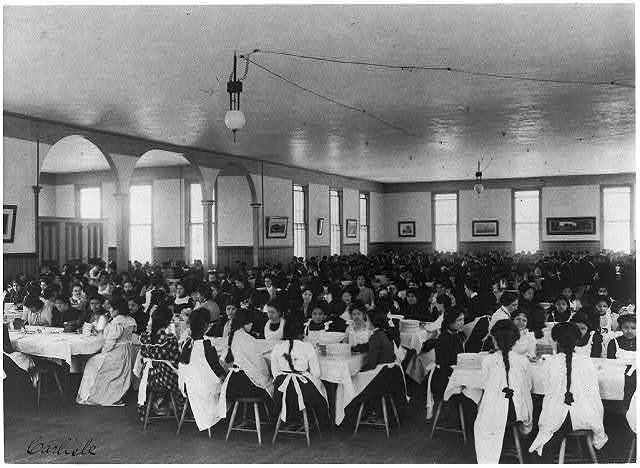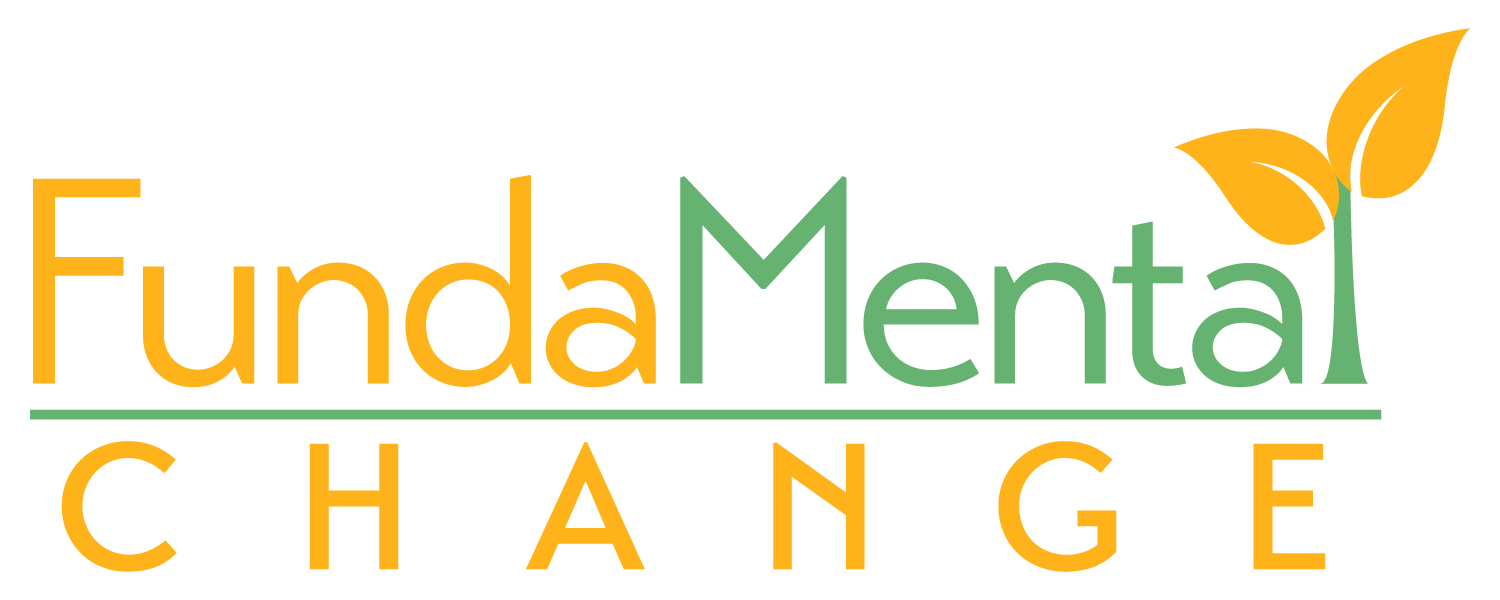The Role American Indian Boarding Schools Had on the Mental Health of Native American Communities
By • March 6, 2024
Boarding schools are a familiar part of the American education landscape and culture for some. Many parents choose these schools to help their children develop independence and self-discipline. However, these institutions have an oppressive and harmful history experienced by others.
American Indian Boarding Schools (AIBS) were established in the late 19th century to assimilate Native American children into Euro-American culture.
For more than a century, these schools forcibly removed hundreds of thousands of Native children from their families and communities, sending them to institutions designed like military and boarding schools. These places strictly banned anything related to Native culture – from clothing to language, traditions, and beliefs.
Today, we're taking a closer look at the deep-seated trauma inflicted by the AIBS system on Native communities. We'll dive into the origins of these boarding school policies, examine the specific history of California's boarding schools, and explore the enduring mental health effects still affecting Native peoples today.
A Quick Background on American Indian Boarding Schools

Carlisle Indian Industrial School, courtesy of Library of Congress
"Kill the Indian, Save the Man”
The establishment of American Indian boarding schools rose in the late 1800s as part of the US government's assimilation policies towards Native Americans. The goal was to forcibly acculturate and "civilize" Native children by eliminating them from their families and tribal influences.
The first off-reservation boarding school was the Carlisle Indian Industrial School, founded by Richard Henry Pratt in 1879 in Pennsylvania. Following Pratt's philosophy, "Kill the Indian, Save the Man,"— it reflected the desire to erase Native cultures and identities.
The boarding school model caught up quickly, with 25 federally-funded non-reservation schools open by 1900. By 1926, nearly 83% of Indian school-age children were enrolled in boarding schools.
Boarding schools mandated the use of English, Western dress, haircuts, names, and customs. Native languages, religions, medicine, and family ties were banned. Military-style organization and strict discipline were used to regiment every aspect of life.
Mental Health and Politics
The intersection of mental health and politics is complex, but critically important. Leaders play a pivotal role in providing support for those suffering from mental health challenges. Yet too often, leaders compete when collaboration is needed most. True leadership requires bringing people together, not dividing them.
We must take a hard look at the culture of violence perpetuated by some leaders and media. The constant messaging glorifying war, demonizing enemies, and normalizing access to weapons shapes public perceptions. This fuels prejudice, aggression, and trauma. Leaders should not exploit fears or use violent rhetoric for political gain.
More collaboration is needed across party lines to address the root causes of violence in our society. Bipartisan cooperation can lead to sensible policies on issues like gun regulations and mental healthcare access. Leadership is about serving all people, not just a narrow base. By coming together, we can begin examining and transforming the systems that breed violence. This will lead to a society that nurtures mental health.
